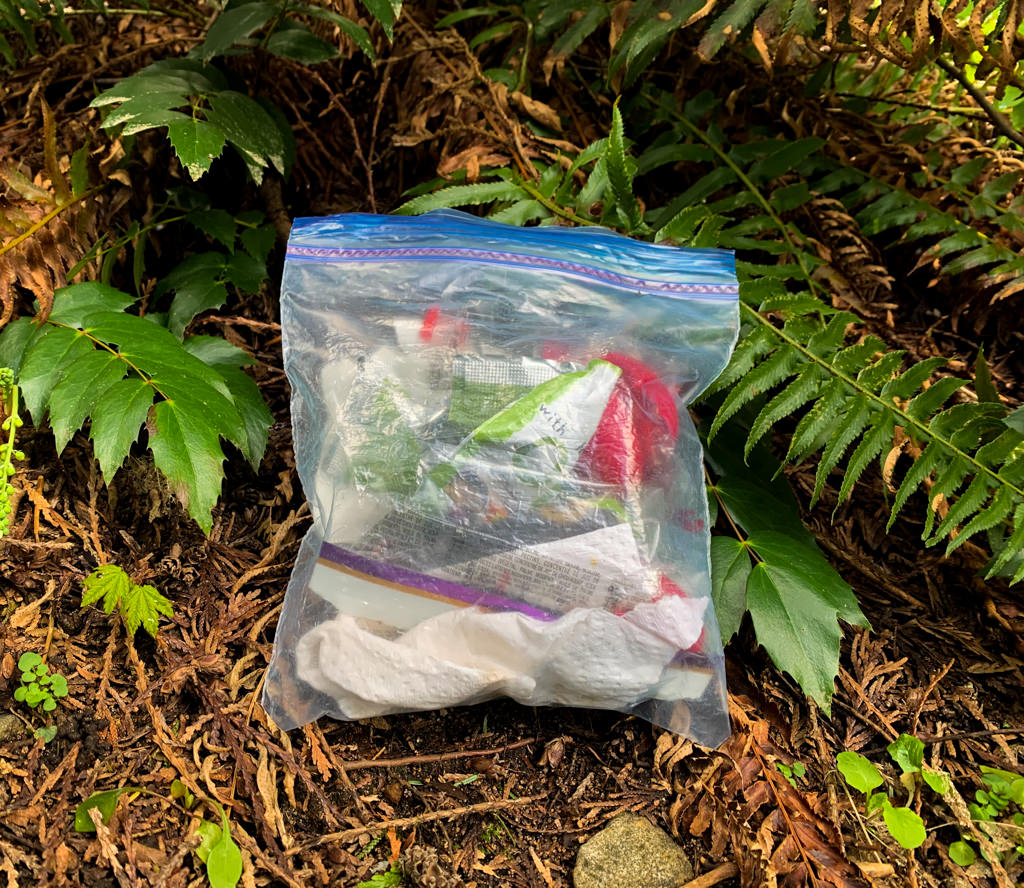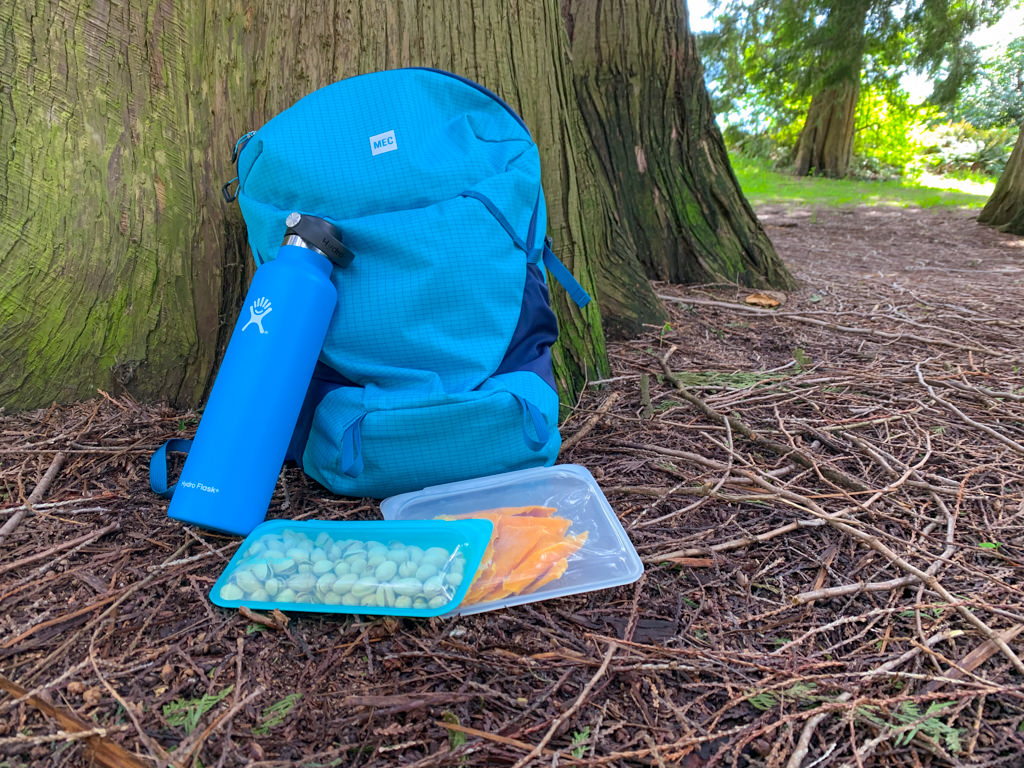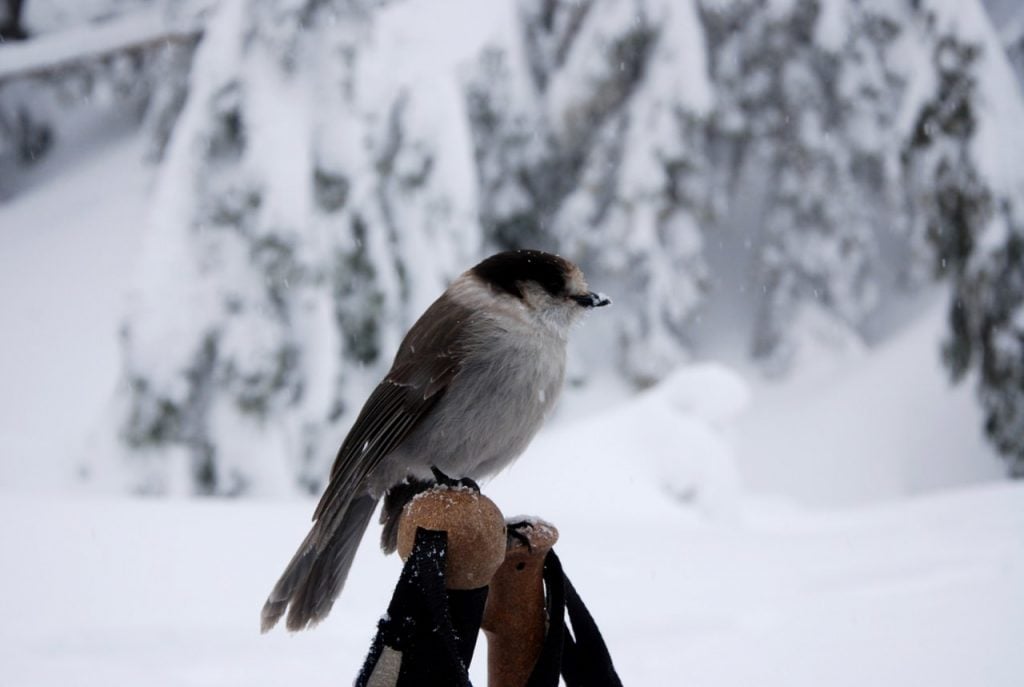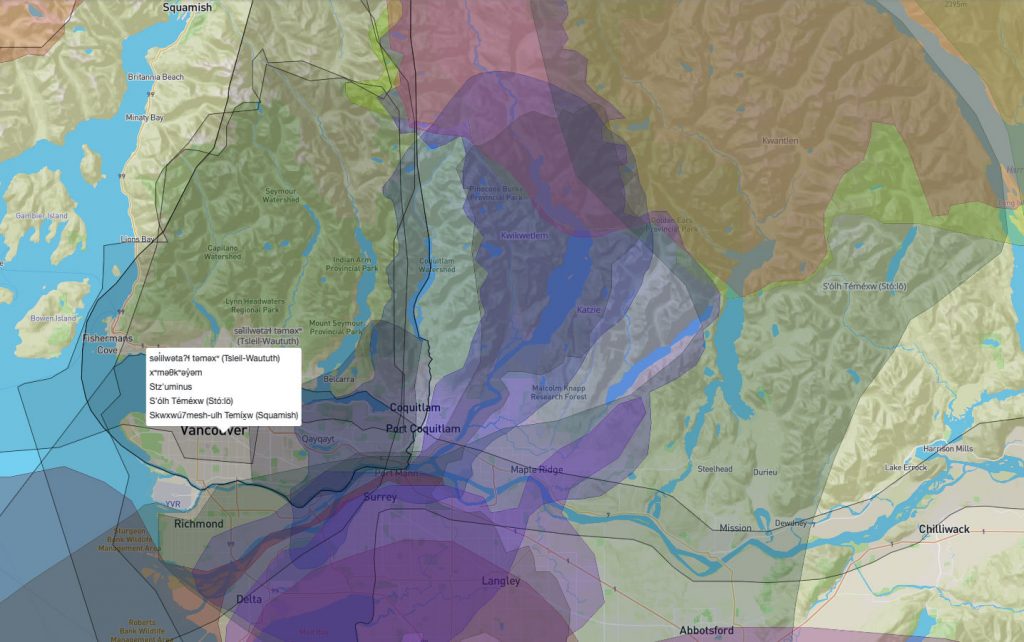15 Ways You Can Become a More Sustainable Hiker
Many of us hike because we love spending time in nature. To ensure future generations can have the same amazing experience in nature we are having, we need to be kind to our planet. Here are a few tips that can help you become a more sustainable hiker. As you start to incorporate these tips into your life, remember: it’s about progress, not perfection.
Minimize Your Carbon Footprint
Cars emit a lot of greenhouse gases. Reduce your carbon footprint by carpooling, biking, or taking transit to your next hike. Consider choosing hikes close to home more often.
Check Park Regulations
Lookup rules for the park you plan to visit. Many parks have regulations about campfires or dogs to protect fragile environments from heavy impacts. Some require reservations for backcountry camping to ensure there aren’t too many people in a small and ecologically vulnerable space.
Bring the 10 Essentials and Leave a Trip Plan
Unprepared hikers are more likely to negatively impact the environment. Plan ahead by packing the 10 essentials, a list of gear that can help you in an emergency. And don’t forget to leave a trip plan so if you get lost or injured, search and rescue knows where to look for you.
Pack Out Your Trash
Bring a bag so you can easily bring your trash home with you. Remember to pack out biodegradable items like apple cores and orange peels too. It can take them a long time to decompose and in the meantime, they look awful and attract wildlife. Remember: “If it doesn’t grow there, it doesn’t go there.”

Reduce Litter and Plastic
Plan ahead before your trip to reduce the amount of trash you generate and single-use plastic you use. Repackage your food into reusable containers instead of using plastic bags. Bring a reusable water bottle or hydration bladder instead of disposable water bottles.

Learn and Follow the Leave No Trace Principles
When you think of Leave No Trace, you might think about picking up your trash. But there’s lots more to Leave No Trace. It’s a set of seven principles that help guide us to ensure we minimize our impact on nature. It covers things like how to avoid erosion, respect wildlife, minimize campfire impacts and more. Read our Guide to Leave No Trace to familiarize yourself with the principles before your next hike.
Go to the Bathroom the Leave No Trace Way
Poop and used toilet paper can pollute waterways and make animals sick. Plus they look disgusting. If you can’t make it to a toilet or outhouse, head 70 big steps (200 feet) away from trails, water sources, and campsites. Use a stick, tent peg, or small trowel to dig a hole 15cm (6 inches) deep and bury your poop. Pack your used toilet paper out in a bag.
Respect Wildlife
The wilderness is the animal’s home and you are just a visitor. Give wildlife lots of space to maintain their natural behaviours. If you want to get a closer look, use binoculars or the zoom lens on your camera. Please don’t feed wildlife including birds and squirrels, no matter how cute they are. It’s bad for their health and can make them forget how to find food on their own. And in the case of larger animals like bears, it can be really dangerous.

Buy Used Hiking Gear
New hiking gear can have a large environmental footprint. It requires raw materials, factories, and shipping. Consider buying used gear instead. Check hiking gear buy-and-sell groups online or head to a consignment store or thrift store. You’ll be surprised at the deals you can score.
Choose Eco-Conscious Hiking Gear
If you do decide to buy new gear, do a bit of research first. Many outdoor brands are making a huge effort to make their clothing and gear more sustainable. Recycled materials, environmentally-friendly dyes, and Fair Trade labour designations are becoming more common.
Take Care of Your Gear
Don’t throw gear away if it’s damaged or worn out. Your hiking gear can last a long time if you take care of it. There are easy tutorials online that can teach you how to maintain or repair pretty much any kind of hiking gear. With a quick google, you can learn how to re-waterproof your jacket, fix a hole in your tent mesh, get the stink out of old baselayers, and lots more.
Avoid Overcrowded Hikes
Busy trails lead to lots of impacts on nature: Wildlife gets scared away. Fragile vegetation gets trampled when people step off the trail to let others pass or try to take a photo at a crowded viewpoint. Trail erosion increases from all those bootprints. Choose a less popular trail to spread out the impacts. If you want to try a trail that is usually busy, consider going at off-peak times like weekdays or shoulder season.
Support Trailhead Communities
If possible, buy from local grocery stores, cafes, and restaurants in trailhead communities instead of driving back to the big city. These small towns need tourism traffic to survive. Say thank-you by contributing to their economy.
Learn About Indigenous Territory
As settlers, it can be easy to forget that indigenous people have been here since time immemorial. We think of the wilderness as a place untouched by humans. But it’s not. It is the traditional territory of indigenous people. Do a bit of research about the indigenous context of the places you visit to ensure you are being respectful. Native-land.ca is a great place to start. It’s an interactive map that shows the traditional territories of indigeous people locally and all over the world.

Volunteer
Trails don’t maintain themselves. Parks don’t just appear. Magic doesn’t rescue you from the backcountry. If you have the time, look into volunteering with a local outdoor organization. Join a club and work on trail maintenance. Volunteer for a search and rescue team or outdoor education organization. Join an advocacy group to push for increased park infrastructure and funding.
Taryn Eyton is a Squamish-based outdoor and adventure travel writer and Leave No Trace Master Educator. She is the founder of the hiking website HappiestOutdoors.ca and the author of Backpacking in Southwestern British Columbia: The Essential Guide to Overnight Hiking Trails (Greystone Books, 2021).

Comments that gratuitously attack or demean individuals or organizations are not acceptable. We reserve the right to remove comments or any other content we deem unacceptable in our sole discretion, including removing user names and profile pictures. For our full website terms and conditions including our legal guidelines for user postings and comments on www.vancouvertrails.com, please see our Terms of Use and Privacy Policy.